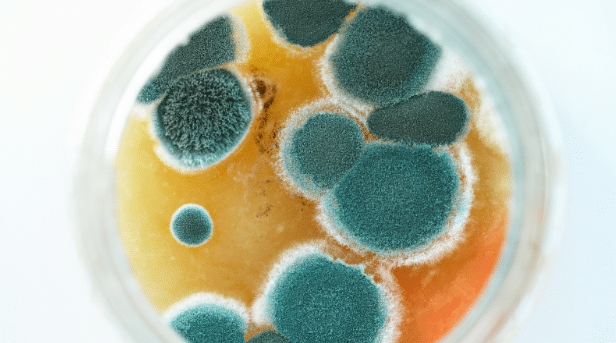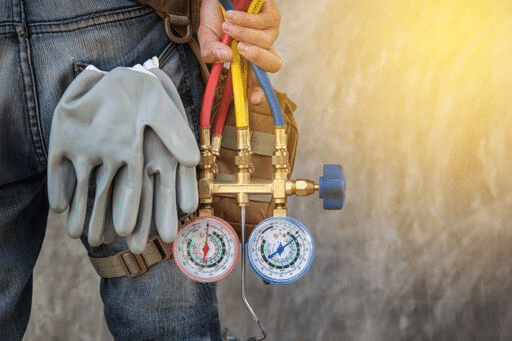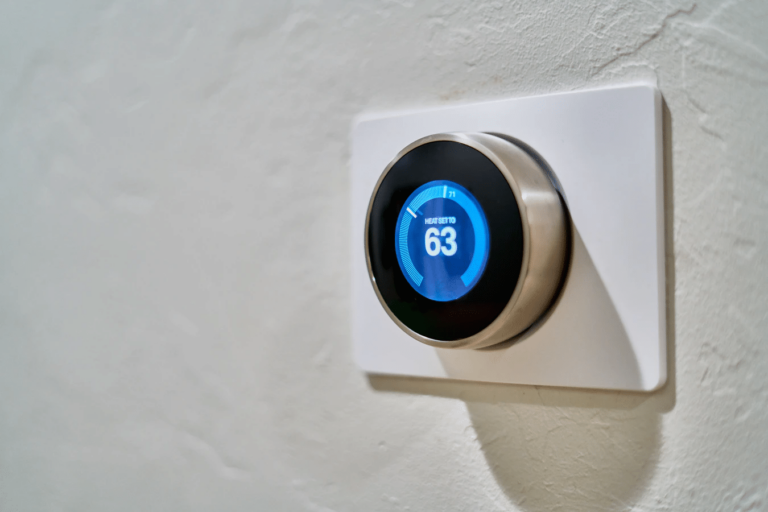Mold Remediation Tips for Your HVAC System After Mold Treatment
If you have recently completed mold remediation in your home, it is crucial to take steps to protect your HVAC system. Mold spores can easily become airborne and travel through the ventilation system, which could cause the mold to return. In this blog post, we will provide tips on protecting your HVAC system from mold and ensuring that your home is properly ventilated.
1. Professional Cleaning of Your HVAC System
The first step to protecting your HVAC system is to have it professionally cleaned. This process will remove any mold spores that may be present in the system, preventing them from circulating through your home. Regular cleaning is essential to ensure that mold does not re-enter your living spaces through your HVAC system.
2. Regular Air Filter Replacement
Changing your air filters regularly is another crucial step in preventing mold spores from circulating through your home. Air filters trap dust, debris, and mold spores, but if they become clogged, they can no longer effectively filter the air. Replacing them frequently helps maintain air quality and reduces the risk of mold spreading.
3. Proper Ventilation
Ensuring that your home is properly ventilated is vital for mold prevention. You can improve ventilation by regularly opening windows and doors to allow fresh air to circulate. Additionally, consider using an air purifier in your home to help remove mold spores from the air. Proper ventilation reduces moisture levels, which is a key factor in mold growth.
4. Safety Measures During HVAC Servicing
Whenever anyone services your HVAC system, make sure they are wearing an N-95 respirator mask. This precaution protects them from inhaling mold spores, which can be harmful to health. Proper safety measures ensure that both the technician and your family remain safe during the maintenance process.
5. Regular Inspections and Testing
Have your HVAC professional inspect and test your system regularly to ensure it is functioning properly. Regular inspections can identify potential issues before they become serious problems, helping to prevent mold growth in your home. Keeping your HVAC system in good working order is essential for maintaining a healthy living environment.
6. Replace Wet or Porous Materials
Replace any porous materials, such as filters or insulation, that have become wet. Mold thrives in damp environments, so removing and replacing wet materials as soon as possible is crucial to prevent mold growth. Additionally, be sure to remove any standing water in your HVAC system to reduce the risk of mold developing.
7. Cleaning Non-Porous Surfaces
Use an EPA-registered disinfectant labeled for HVAC use to clean non-porous surfaces such as ductwork, coils, plenums, and pans. Proper cleaning of these components helps eliminate mold, mildew, and other contaminants that could compromise the air quality in your home.
8. Ensuring a Mold-Free Home
By following these mold remediation tips, you can rest assured that your family will be safe from the harmful effects of mold. Protecting your HVAC system and ensuring proper ventilation are key steps in maintaining a mold-free home. Regular maintenance of your HVAC system not only extends its lifespan but also ensures that it is suited to your specific space needs.
The VIP Plan from Air Rescue
For those looking for comprehensive HVAC maintenance, the VIP Protection Plan from Air Rescue is designed with your needs in mind. Whether you have one unit or multiple units at your business, this plan ensures that all equipment is well-maintained by expert technicians who know how to get the job done right. Regular check-ups and maintenance are essential to keep your HVAC system running efficiently and mold-free. Contact us today to join our VIP Protection plan.
Mold remediation is a critical process to keep your family safe. If you have any questions or need further assistance, please feel free to contact us or call us at 813-364-2353. We are happy to help you ensure that your home is safe from mold and that your HVAC system is functioning optimally.








